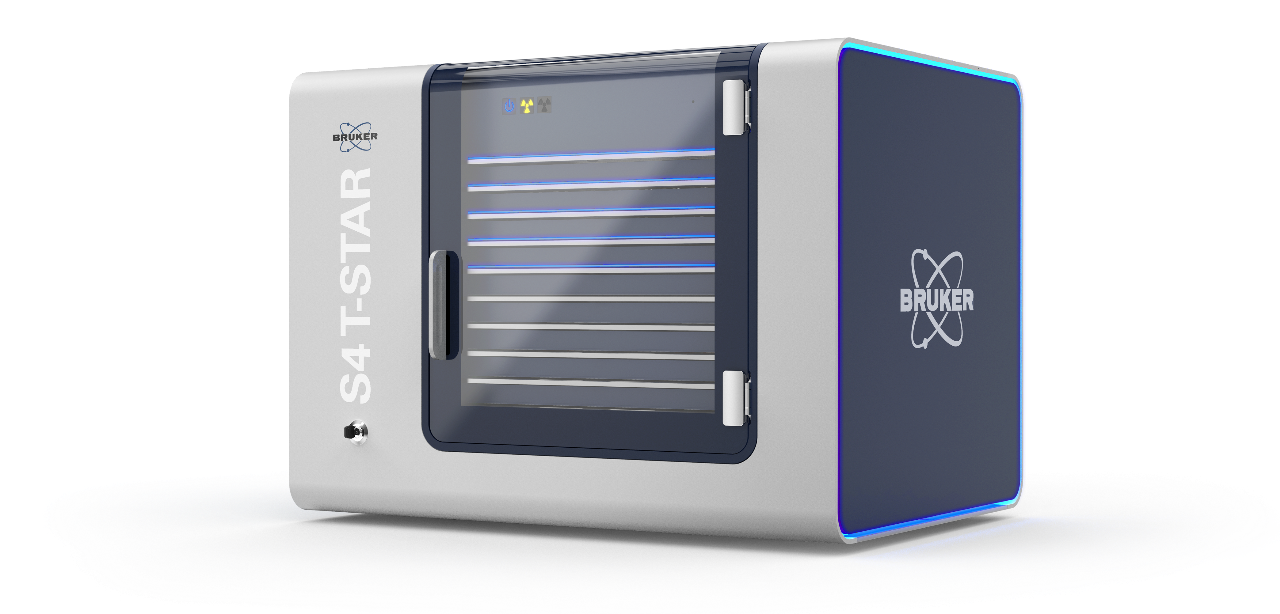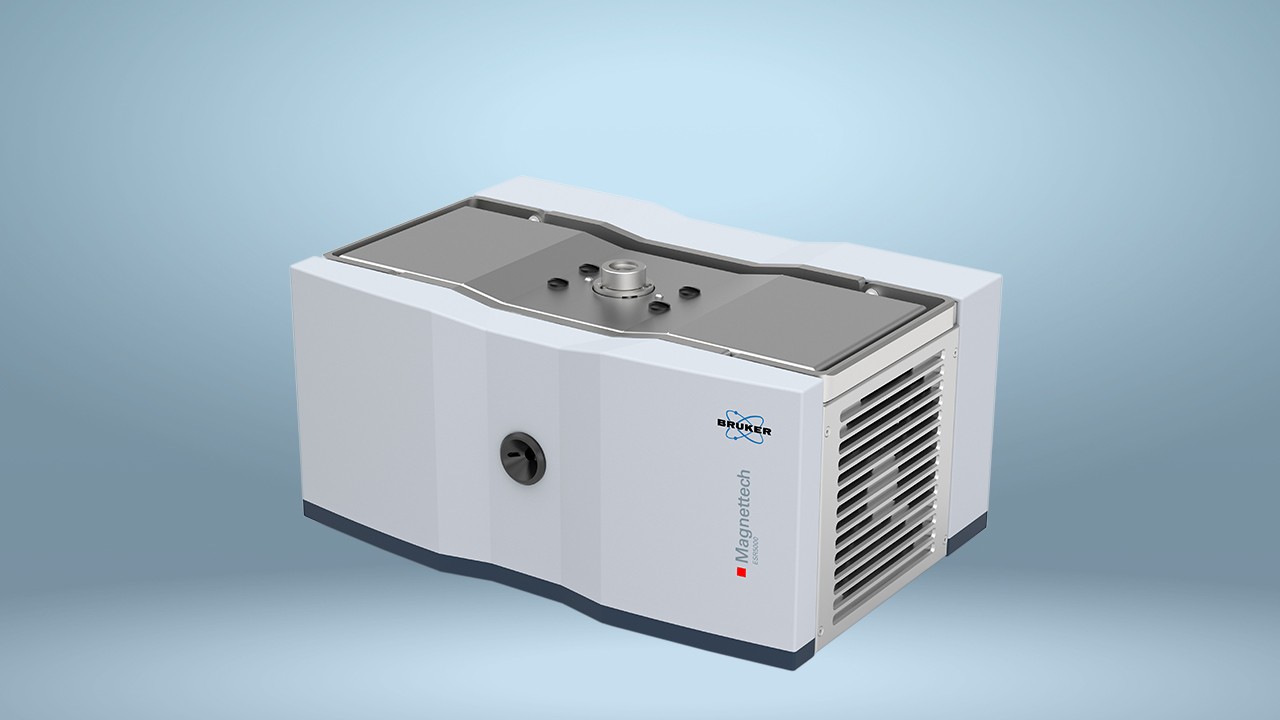Impurities
Overview
Regulatory expectations driven by patient’s safety make API (Active Pharmaceutical Ingredients) and drug product impurity identification, quantification, and control a fundamental step in drug development. Impurity profiling during process development, optimization, and changeovers is an essential requirement to guarantee the quality of APIs and finished products.
The ICH Q3A guide classifies impurities in 3 groups: organic (starting materials, by-products, intermediates, transformation products, interaction products, degradation products, reagents, ligands and catalysts), inorganic (reagents, ligands, catalysts, heavy metals or residual metals, inorganic salts and other materials such as charcoal or filter aids) and solvent. Polymorphs and enantiomorphs are not considered in ICH Q3A, but represent another type of contaminant which require identification, quantification, and control. Impurity profiling includes identification,structure elucidationand quantitative determination of impurities and degradation products in drug materials and pharmaceutical formulations.
Chromatographic and spectroscopic techniques, either alone or in combination with other techniques are typically used for example LC-MS and GC-MS. Due to the quantitative nature of magnetic resonance impurity profiling and degradation studies (e.g. polysorbates) are performed directly enabling fast and easy testing without the need of response factor calculations, or the method redevelopment activities required by traditional LC methods, thereby saving time and reducing costs.
Structure elucidation of unknown impurities, degradants and force-degradation products are typically done by a combination of isolation/preparation step followed by NMR and MS data analysis. For an API dose at < 2 g/day, the organic impurities threshold is 0.1%. Any impurity above that threshold need to be identified. Once the structure is known the allowed threshold might increase to 0.5%, alleviating the pressure on the synthesis and purification steps. EPR spectroscopy shines light on otherwise unseen impurities such as free radicals and transition metals, which is of particular importance in forced-degradation (e.g. oxidation) studies and shelf-life determination. EPR is the only technique for the direct and non-invasive detection, identification, and quantification of paramagnetic impurities (organic free radicals and transition metals) at LODs down to parts per billion levels.
Heavy metal impurities can be identified, quantified, and monitored by X-ray fluorescence (TXRF, XRF) down to parts per billion levels. Both, USP and ICH establish (T)XRF as a tool to analyze heavy metals such as As, Hg, Co, V, Ni, and typical catalyzer elements such as like Pt, Pd, Rh, and V as detailed in USP 232, 233, 735, and ICH Q3D.
XRD directly probes the crystal structure and therefore enables detection and differentiation of different polymorphs. This allows control of and anticipation of polymorphic changes that may occur and adversely affect drug substance quality down to levels of ~0.1% weight percent.
相关产品
Вебинары
Поддержка
Labscape
Service & Life Cycle Support for Magnetic Resonance and Preclinical Imaging
Bruker’s commitment to provide customers with unparalleled help throughout the buying cycle, from initial inquiry to evaluation, installation, and the lifetime of the instrument is now characterized by the LabScape service concept.
LabScape Maintenance Agreements, On-Site On-Demand and Enhance Your Lab are designed to offer a new approach to maintenance and service for the modern laboratory










